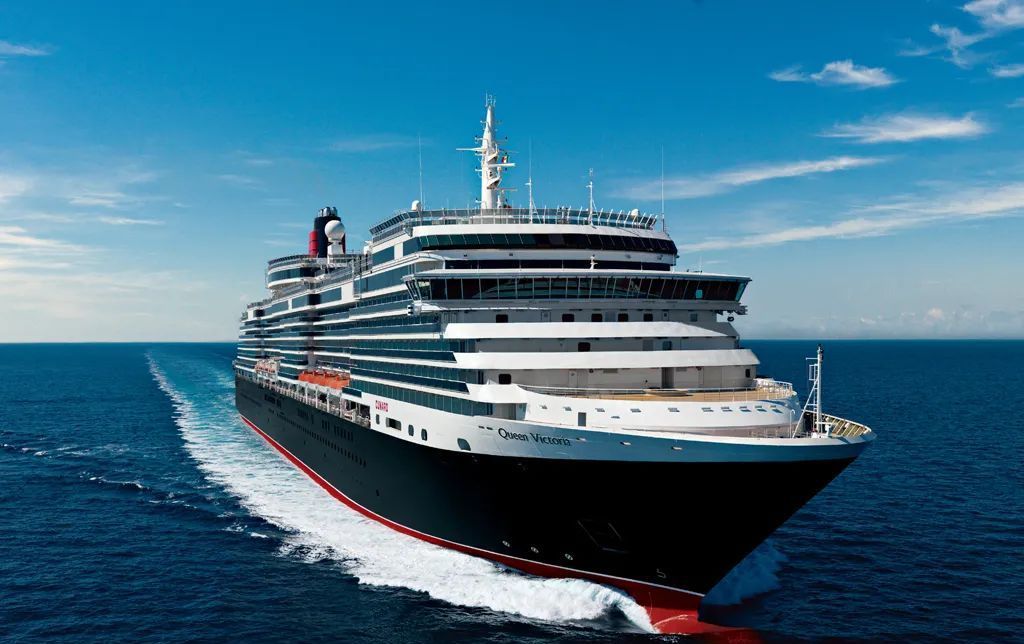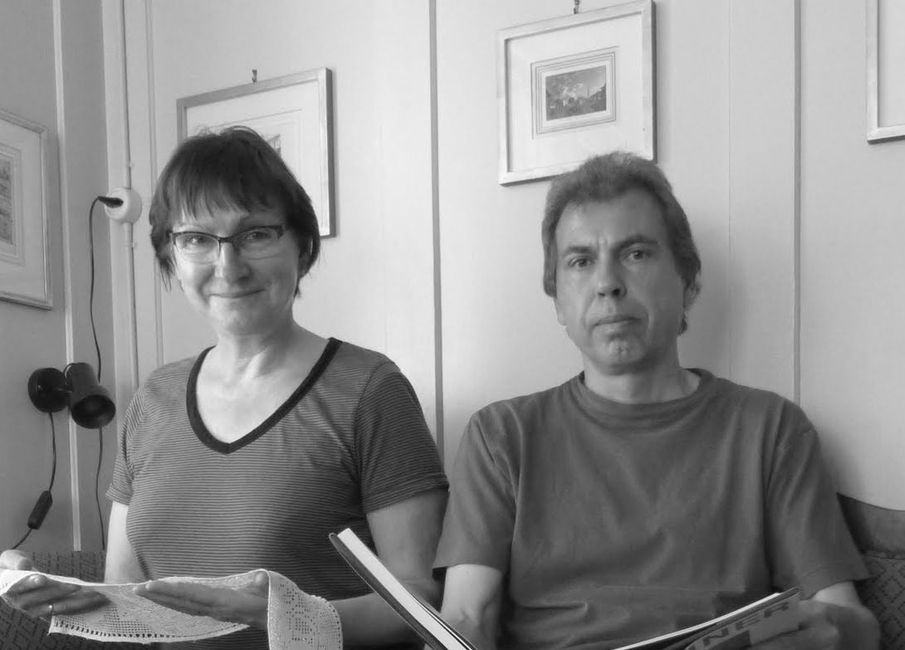Suez Canal, Suez to Port Said, Egypt, April 13, 2023
شائع شدہ: 13.04.2023
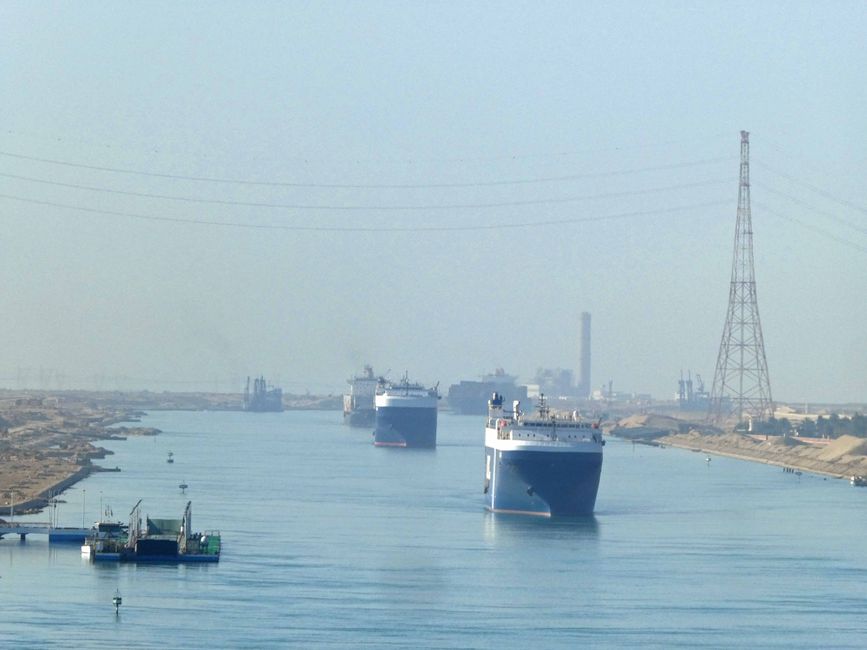
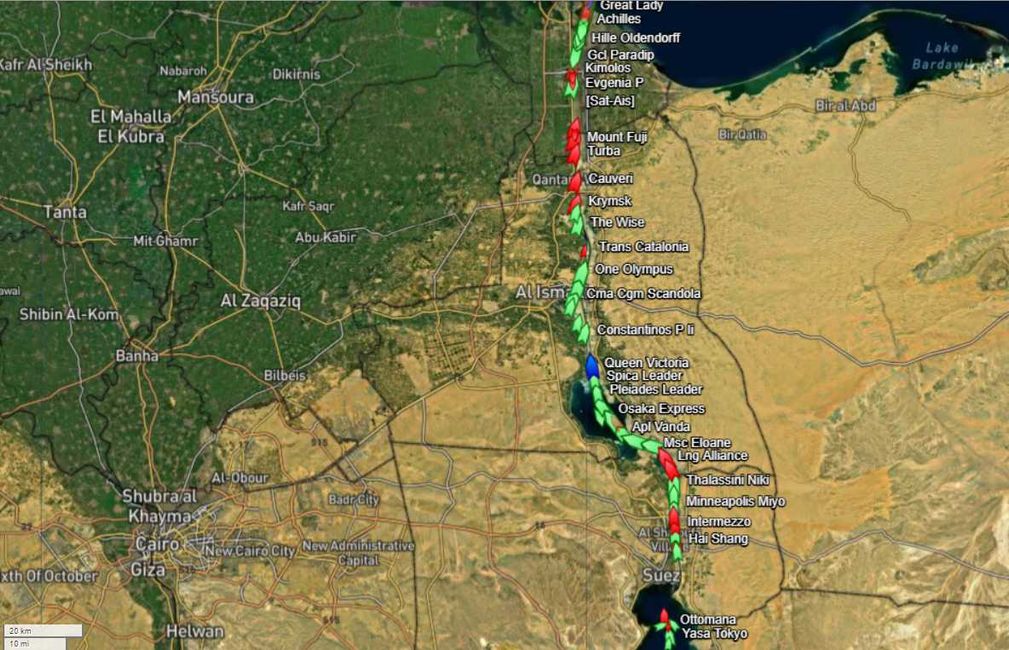



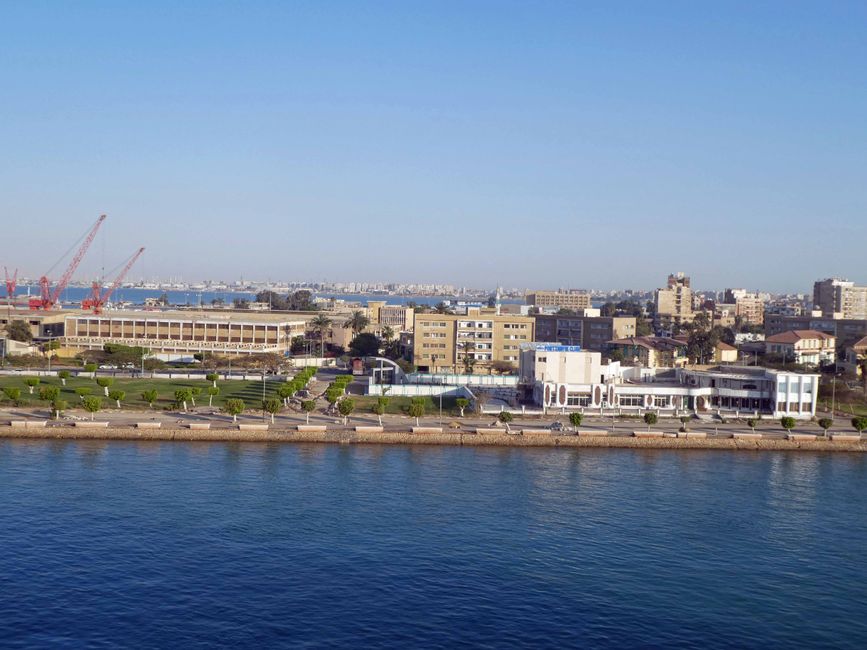
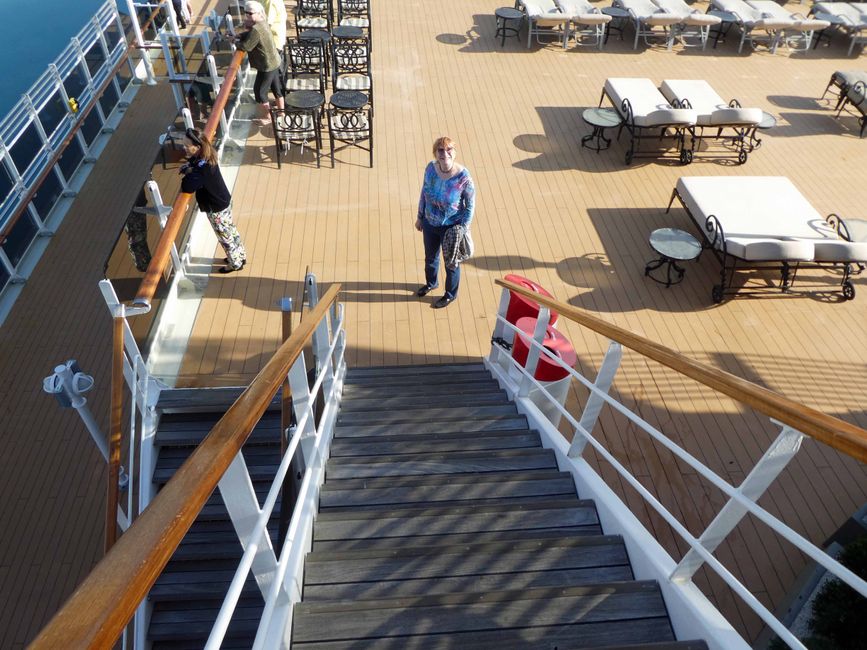
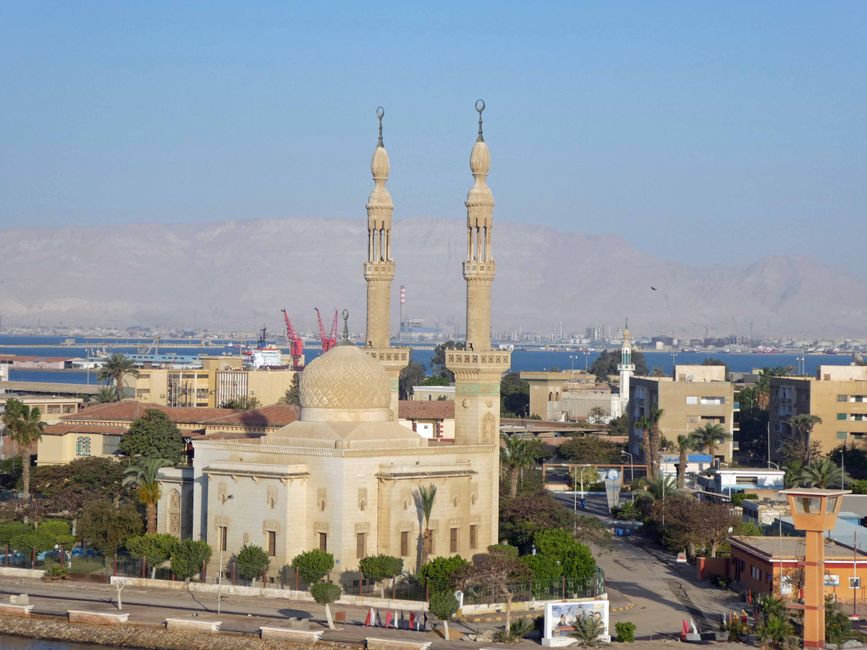
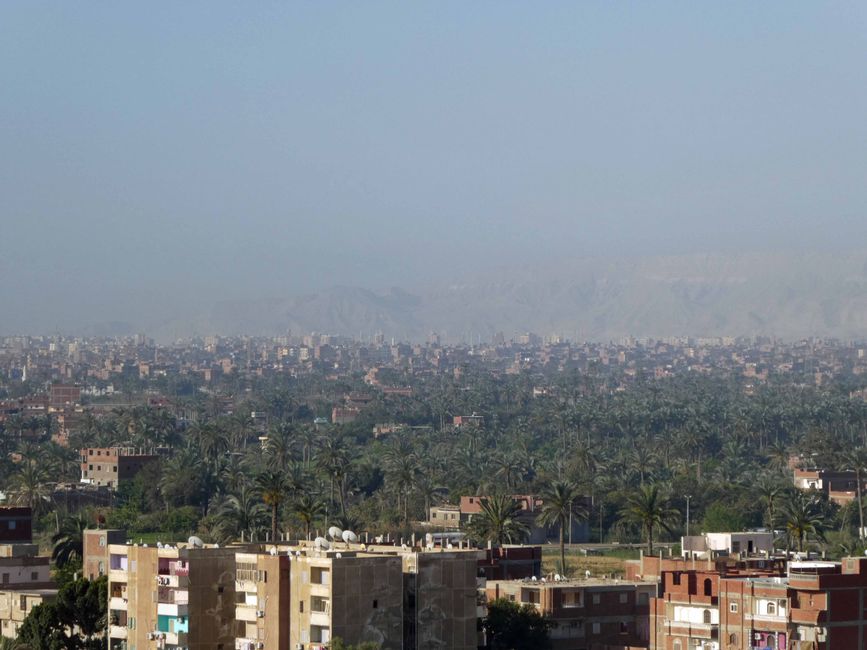
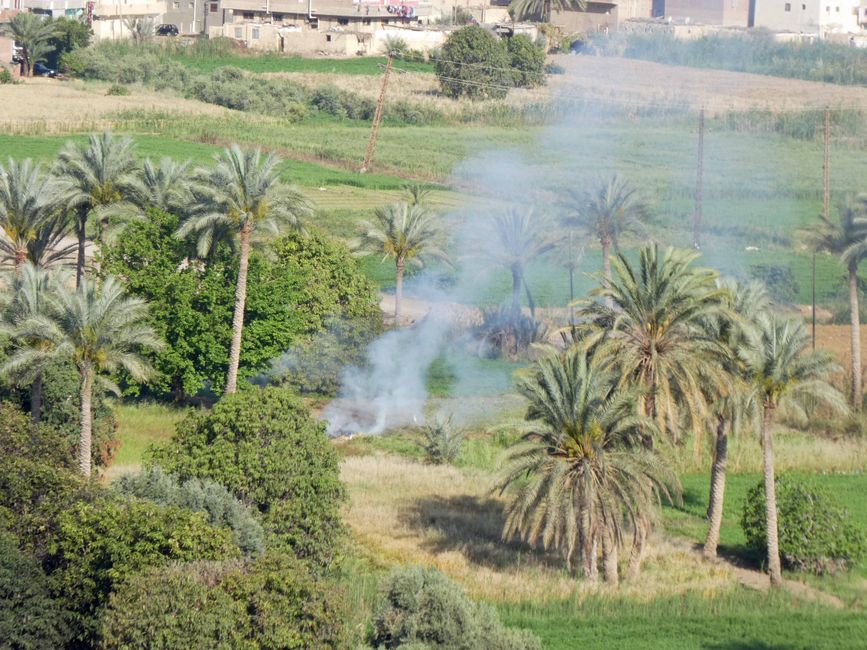
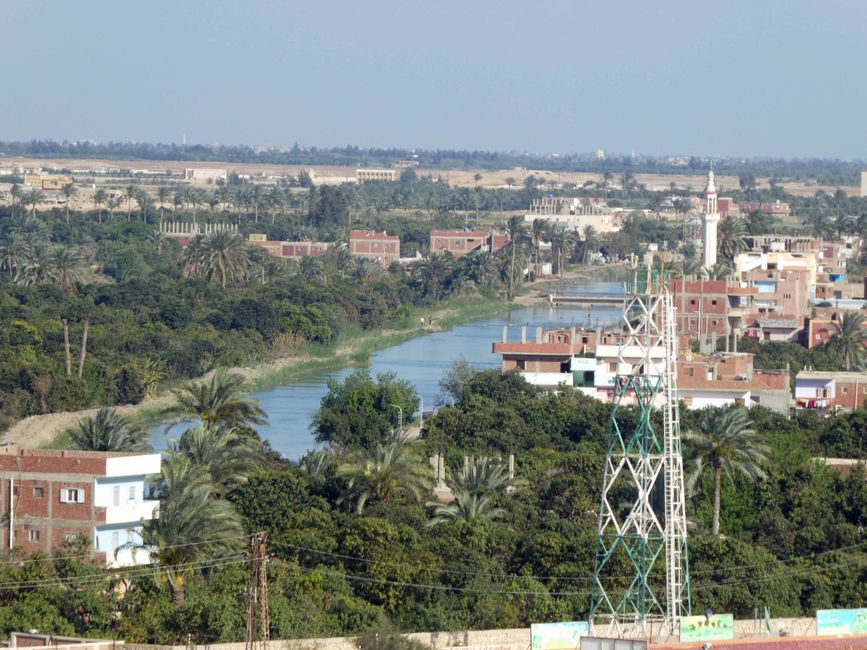
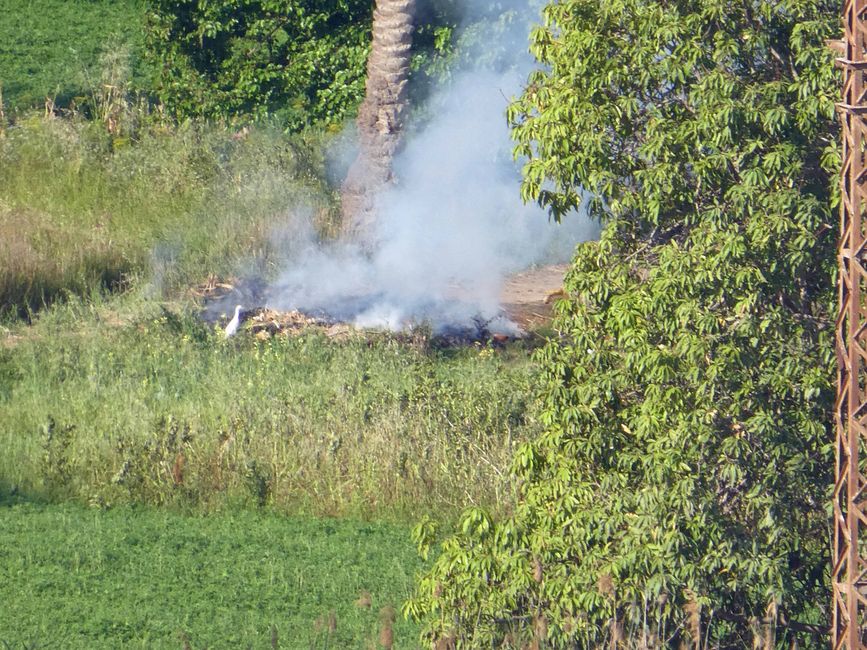
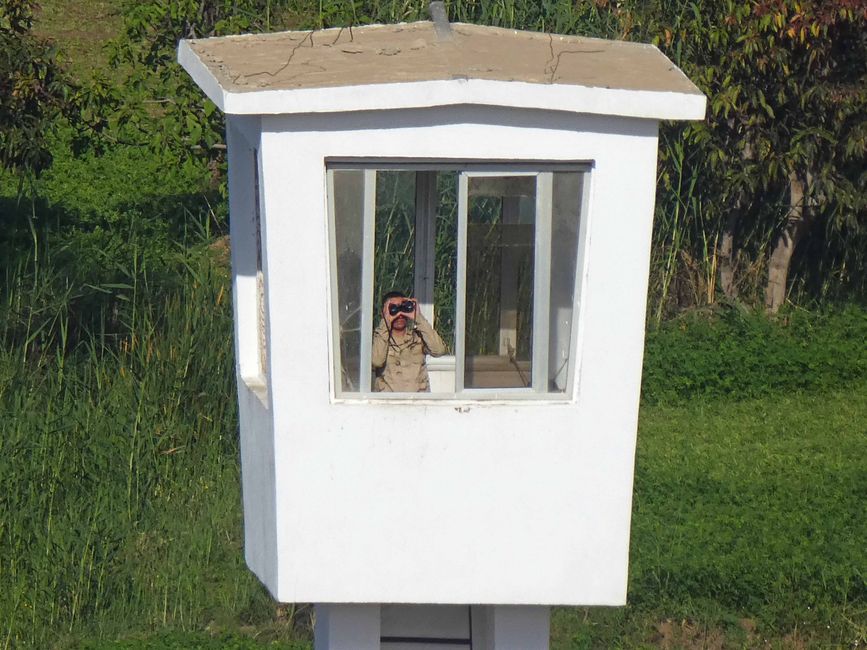
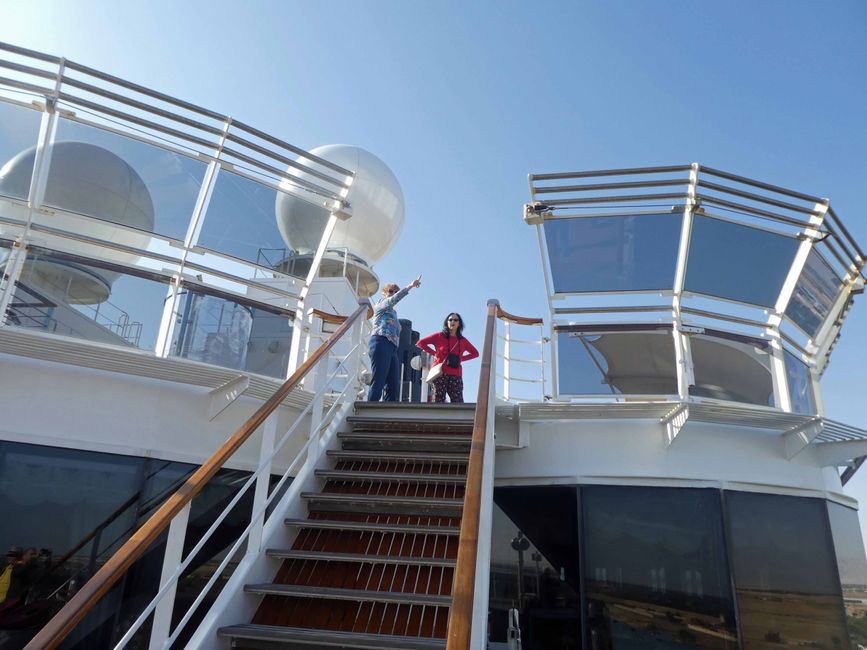
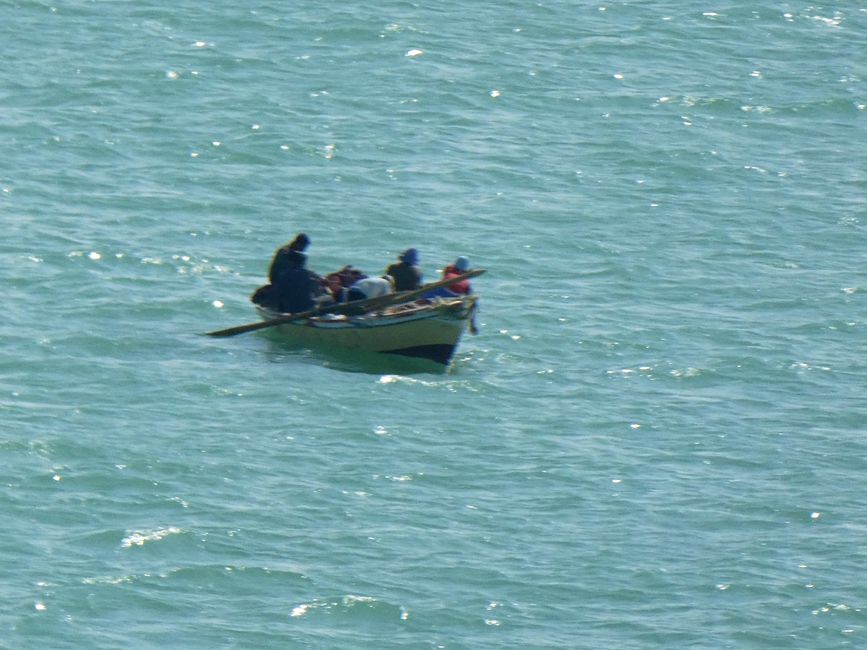
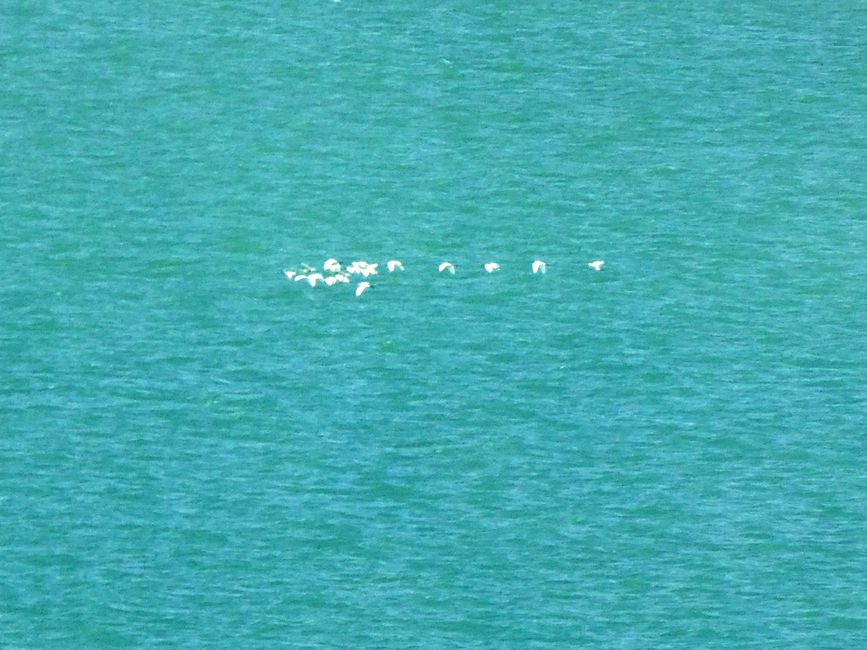
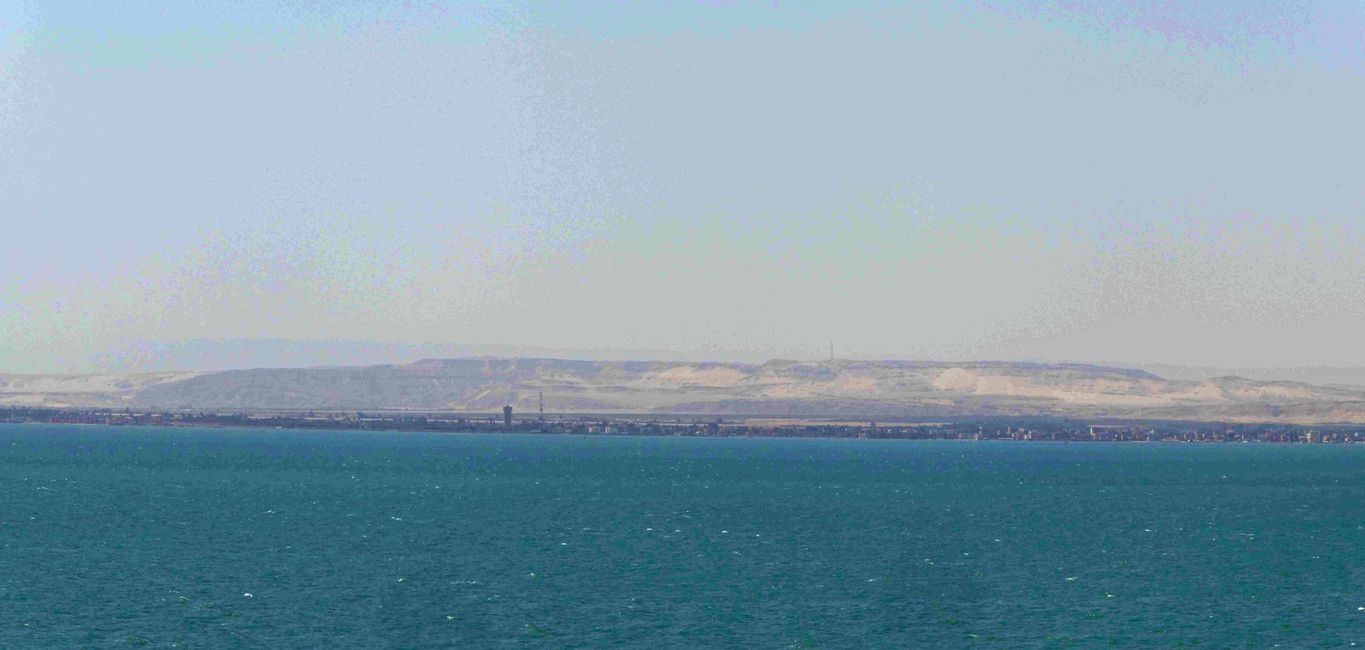
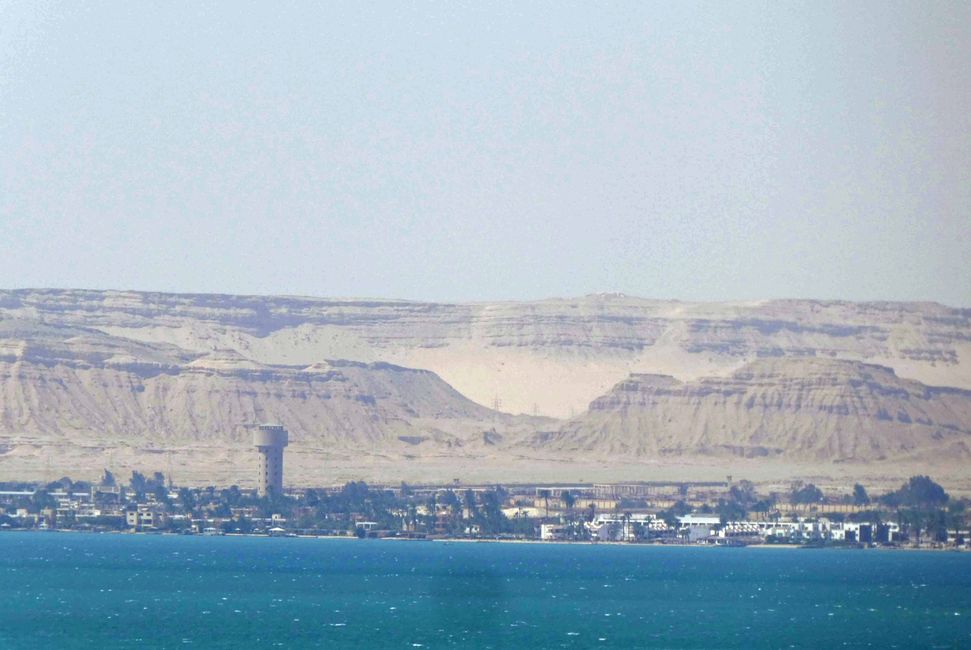

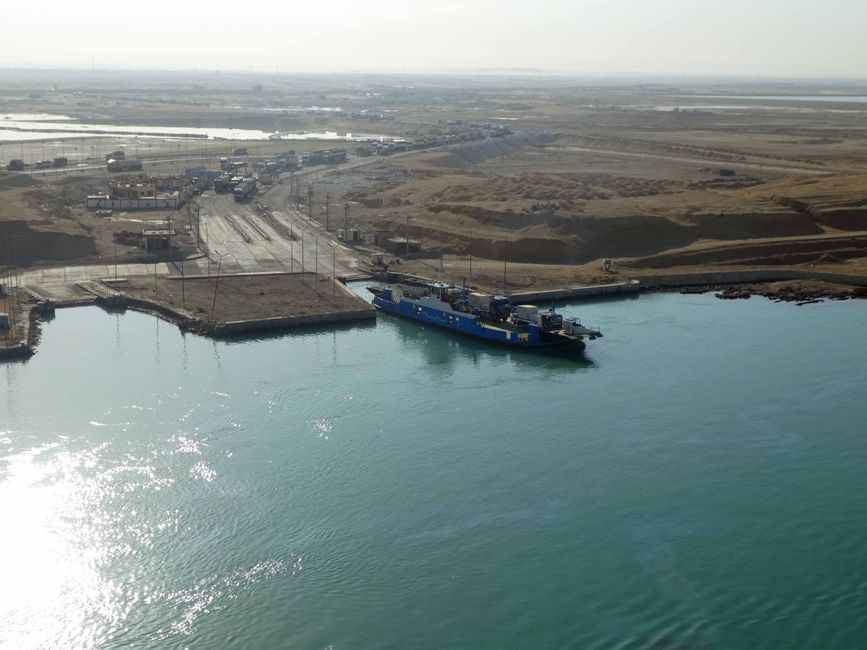
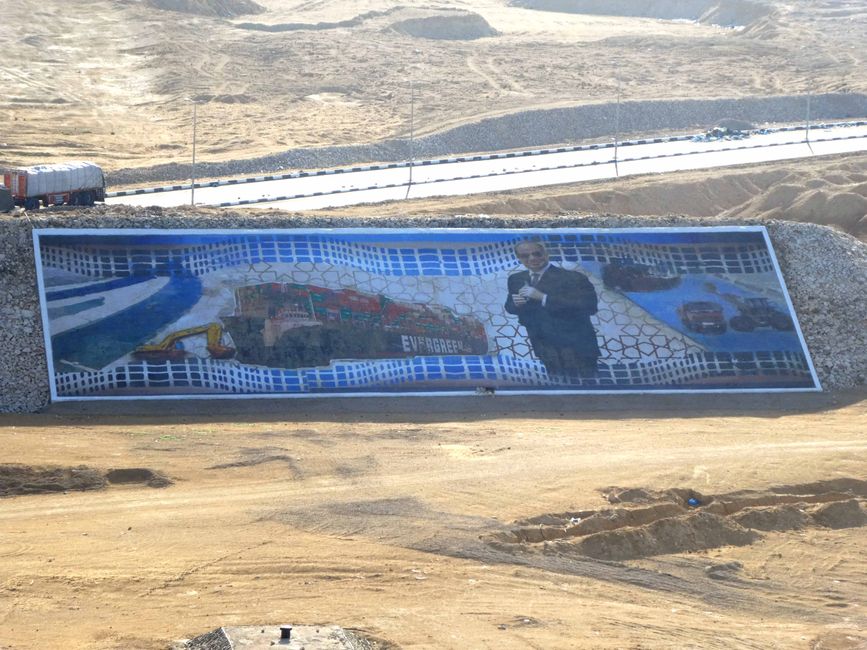
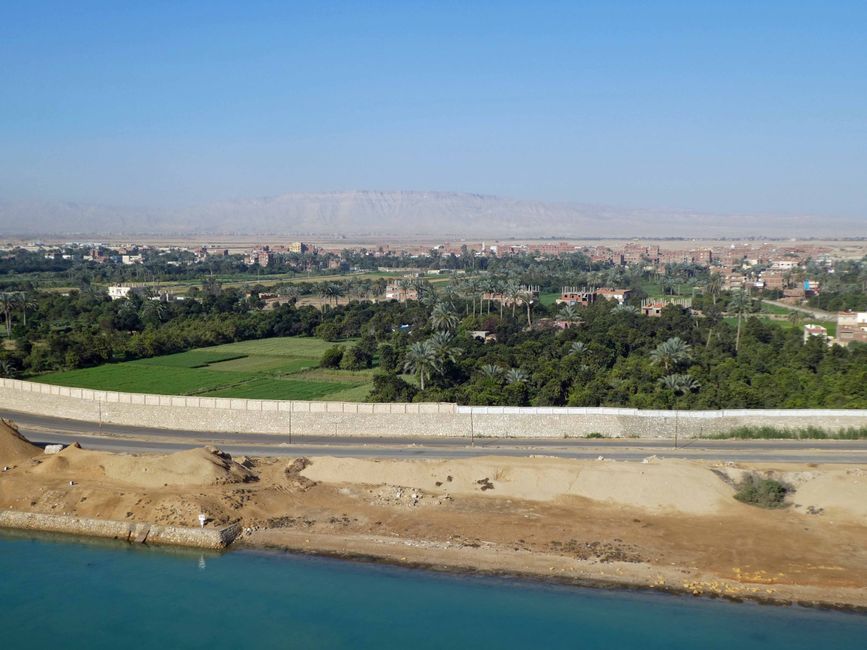
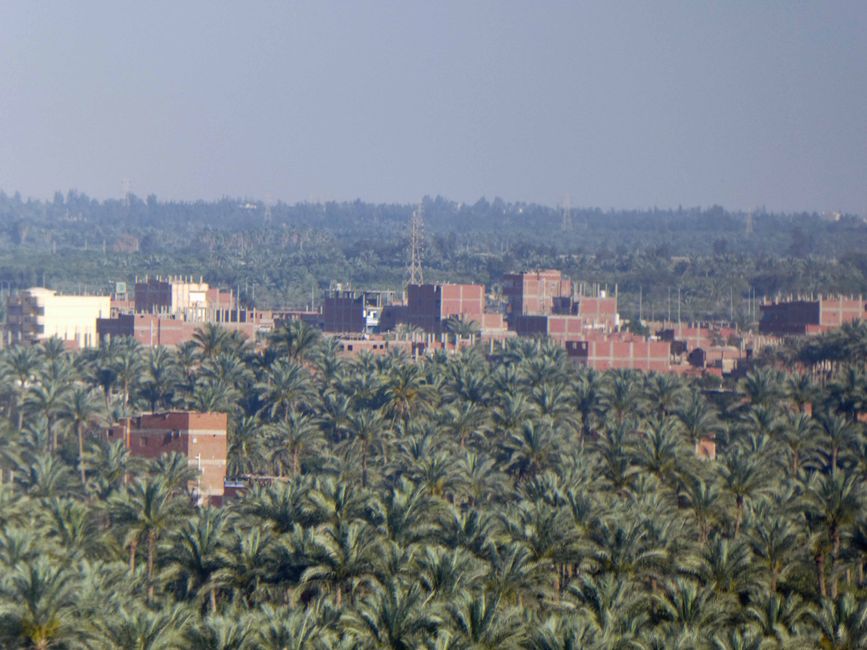
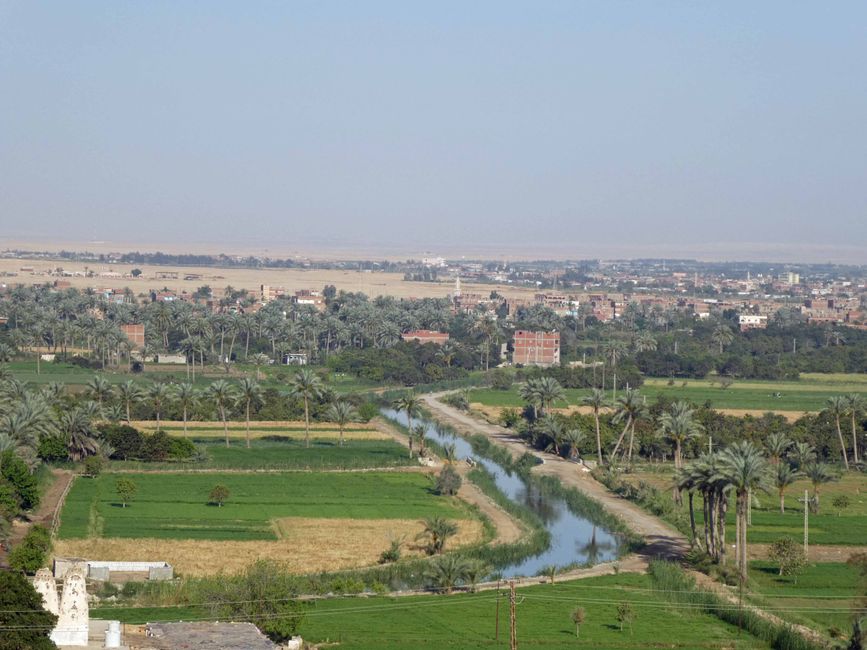

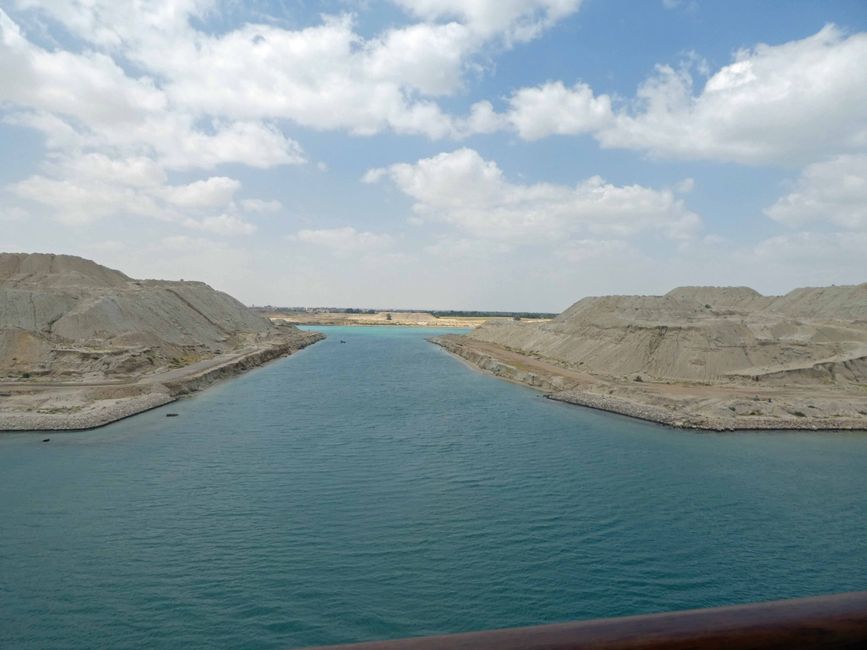
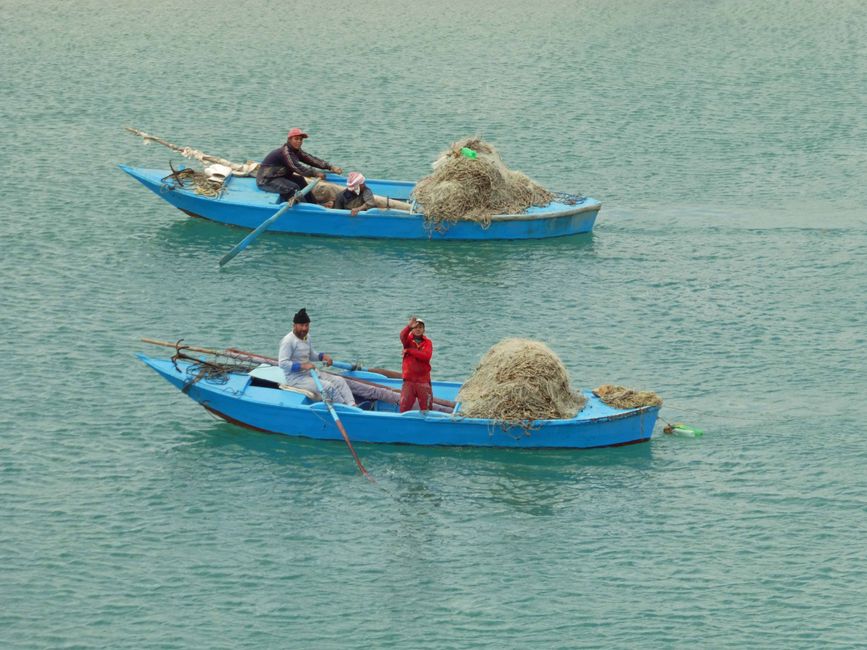
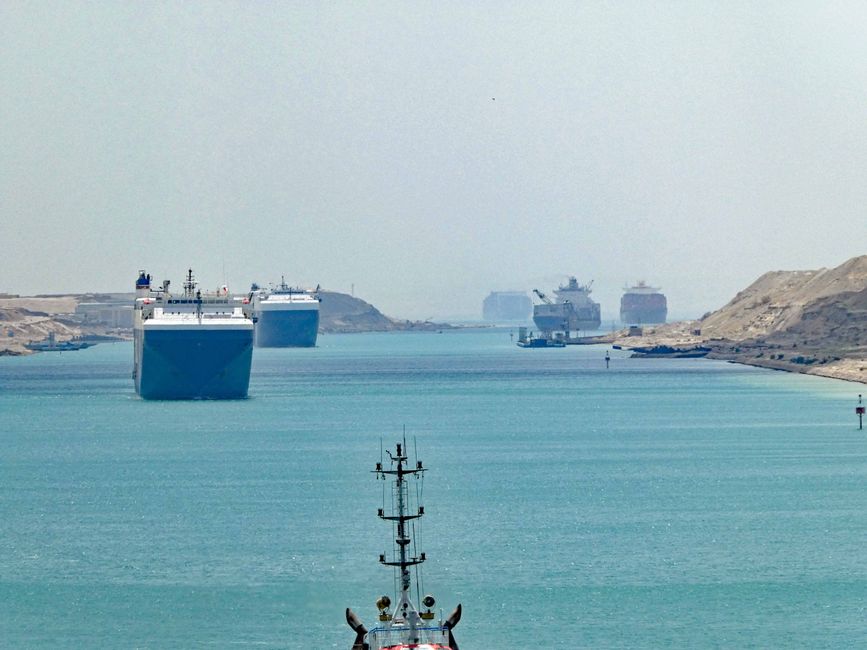
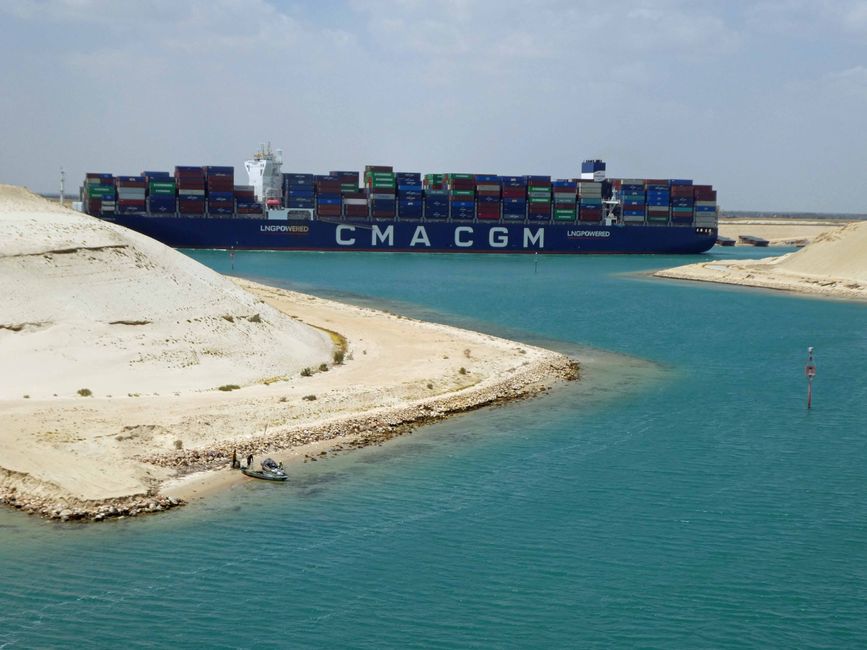

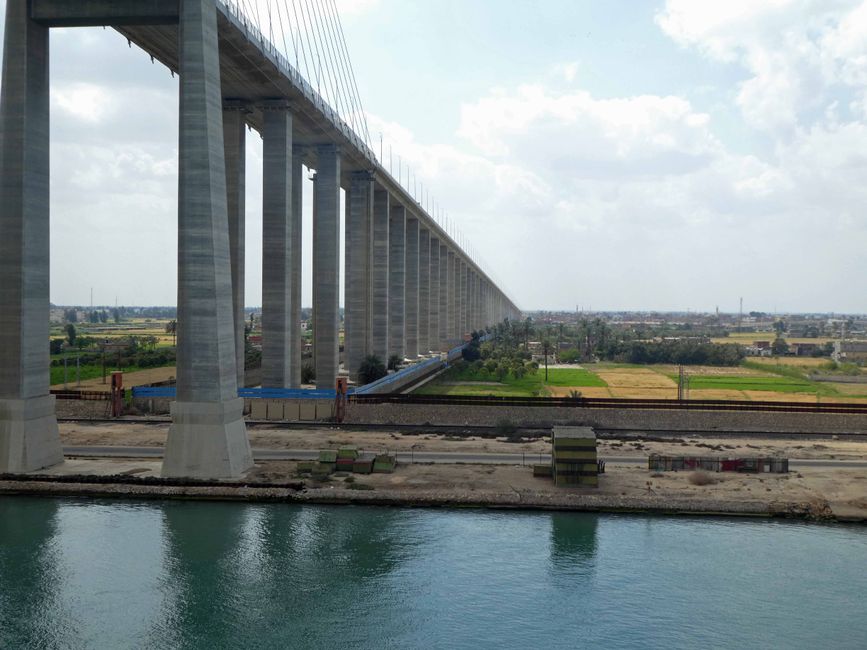
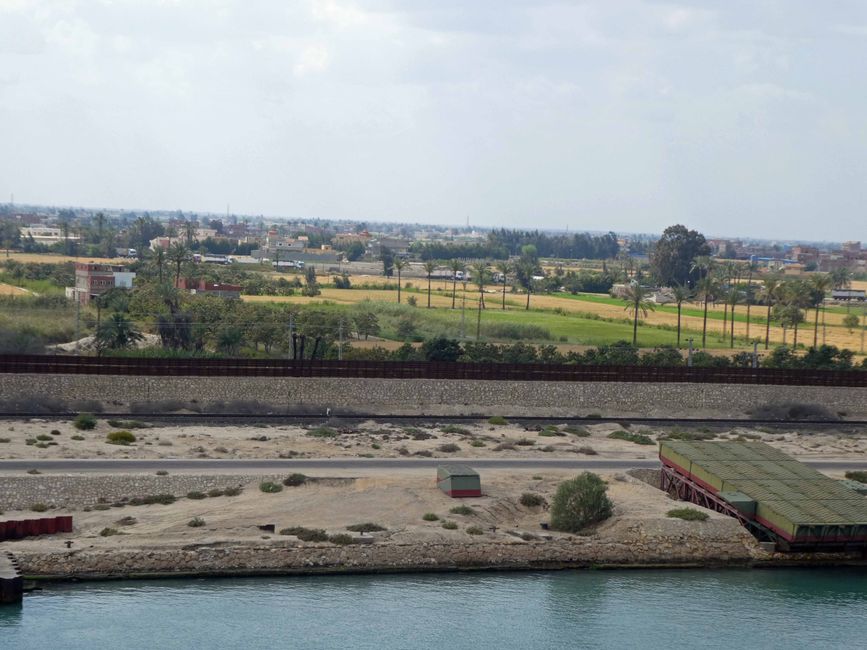

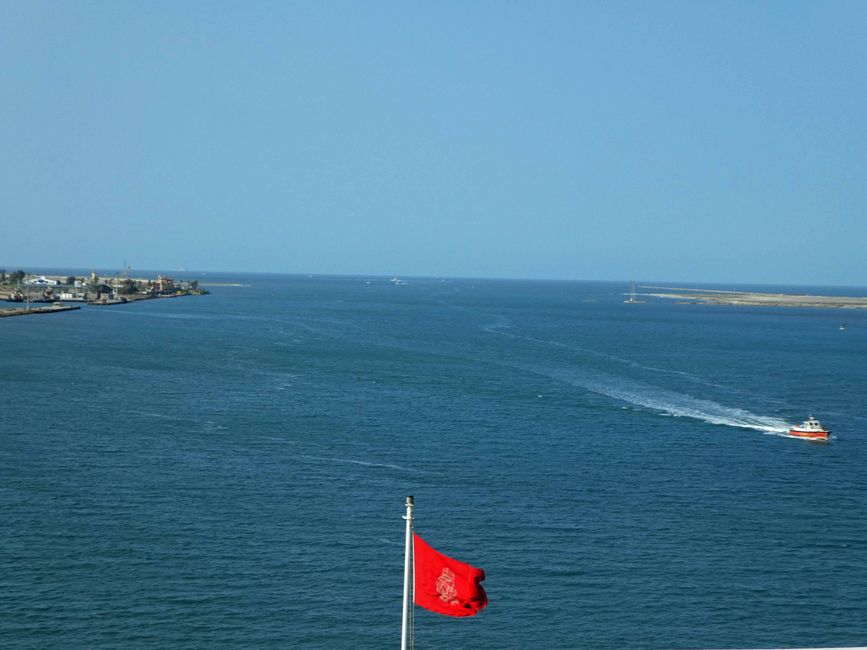
خبری مکتوب کے لیے درخواست دیں
We anchored in front of the Suez Canal overnight. At 6:30 a.m. we entered the canal and are now at the head of a convoy of 19 ships.
Contrary to popular belief, there was already a waterway from the Mediterranean Sea to the Red Sea in ancient Egypt. The so-called Bubastis Canal (also known as the Ismailia Canal) led from the Nile Delta via Wadi Tumilat and Lake Timsah to the Red Sea. It is believed that Pharaoh Necho II (610 to 595 BC) commissioned the construction of the canal, but did not live to see its completion. It probably took place under the Persian king Darius I (521 to 486 BC). The canal later silted up and was renewed by the Ptolemies (ca. 300 to 30 BC).
Suez, at the entrance to the Red Sea Canal, is a large city with around 750,000 inhabitants. The city stretches west from the canal to the mountains. The western side of the canal is mostly green, the eastern side mostly sandy desert.
Along the canal there are walls, observation posts, power lines, monuments and lots of construction activity. There is also a large commemorative plaque at the site of the freighter "Ever Given" that ran aground last year.
A second canal was also built in certain sections to increase capacity. It's always funny to see a huge ship behind a sand dune. The Egyptian towns on the canal make a more prosperous impression than in Jordan.
In addition to a few motor ferries and rowing boat ferries, there is also a bridge over the canal, the Egyptian-Japanese Friendship Bridge. Although it was inaugurated in 2001, it was never put into operation.
After a good 10 hour drive we drove into the Mediterranean Sea at Port Said without any problems.
خبری مکتوب کے لیے درخواست دیں
جواب دیں۔
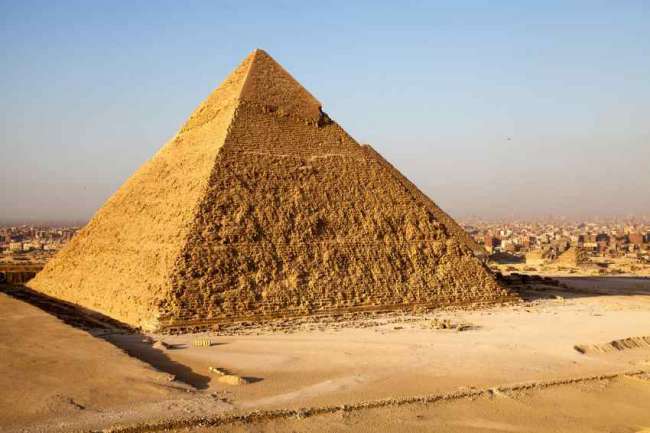
سفری رپورٹس مصر
